The Great Pyramid of Cheops stands as one of the most awe-inspiring and mysterious structures in the world. Despite centuries of study and exploration, the question of how such a monumental feat was accomplished with the technology of ancient Egypt remains unsolved. With over two million massive stone blocks, each precisely placed to achieve perfection, the pyramid’s construction has baffled historians and archaeologists alike. While the method of construction is often debated, one thing is certain—the pyramid’s legacy continues to captivate and challenge our understanding of ancient engineering and civilization.
The Precision of the Pyramid’s Construction
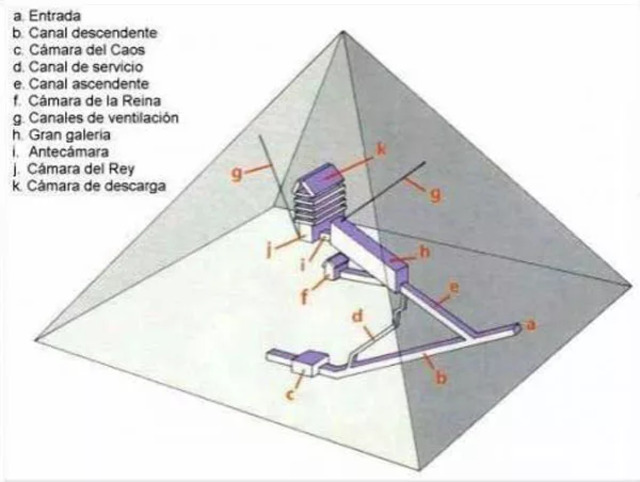
One of the most astonishing aspects of the Great Pyramid is its exceptional precision. The pyramid, consisting of approximately 2.4 million stone blocks, each weighing between 2 and 70 tons, was constructed with remarkable accuracy. The base of the pyramid has a margin of error of only 1 centimeter, and its alignment to true north is off by a mere 1 degree. Modern construction methods, including laser-guided technology, can achieve similar results, but the ancient Egyptians did it without the benefit of advanced tools or machinery. The precision of this structure alone raises questions about the capabilities of the workers and the tools they had at their disposal.
The Million-Dollar Question: How Long Did It Take to Build?
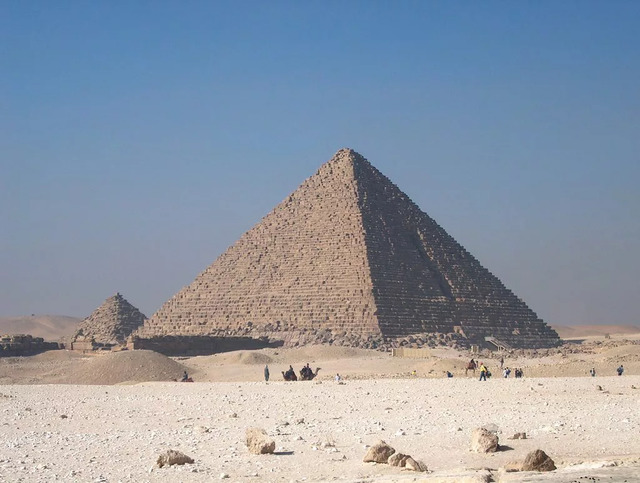
The most intriguing question surrounding the construction of the Great Pyramid is the time it took to complete. If we assume that Egyptian workers could cut, transport, and place one block per day, the math is staggering. With 2.4 million blocks, this would have taken approximately 6,575 years to finish, far longer than the commonly accepted timeline of about 10 years. This poses a serious dilemma for historians: How could such an enormous and precisely constructed structure have been completed in just a decade?
Video
Watch the video “Beneath The Great Pyramid: Anomaly Built By Lost Civilization?” to uncover intriguing secrets beneath the pyramid.
Anomalies in the Timeline: The Puzzle of Construction Speed
According to official archaeological estimates, the Great Pyramid was built in only 10 years, around 2,500 B.C. This would imply that each stone block was cut, transported, and placed at an incredible rate of one every 60 seconds, working only 10 hours a day under daylight conditions. Considering the tools available to ancient Egyptians—copper tools and ramps—this scenario seems implausible. The workers did not even possess the wheel, and the idea of moving massive stone blocks without modern machinery seems unrealistic. Even if they worked continuously, the logistics involved in such a rapid construction project seem impossible by today’s standards, let alone in an ancient setting.
The Practical Feasibility: Can 1 Block a Day Be Realistic?
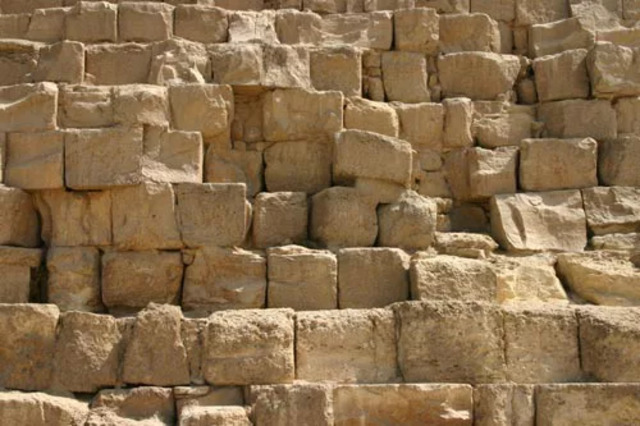
To further understand the impracticality of this timeline, let’s break it down. With copper tools, which are much softer than the stone they were cutting, ancient Egyptians would have faced tremendous difficulty in carving massive stone blocks at such an accelerated rate. Furthermore, these blocks, some weighing as much as 70 tons, had to be transported from quarries, possibly located several kilometers away. It is believed that the workers used logs to transport the blocks, but the weight of these stones and the primitive technology would have made the process extremely slow and labor-intensive.
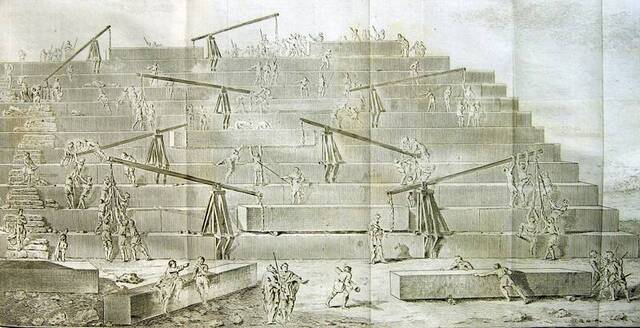
Even if we assume a perfect scenario where each block was moved with the utmost efficiency, the sheer scale of the task makes the 10-year construction period seem highly improbable. This discrepancy between the proposed timeline and the physical demands of the project presents a glaring mystery that has yet to be fully explained.
The Limits of Ancient Tools and Techniques
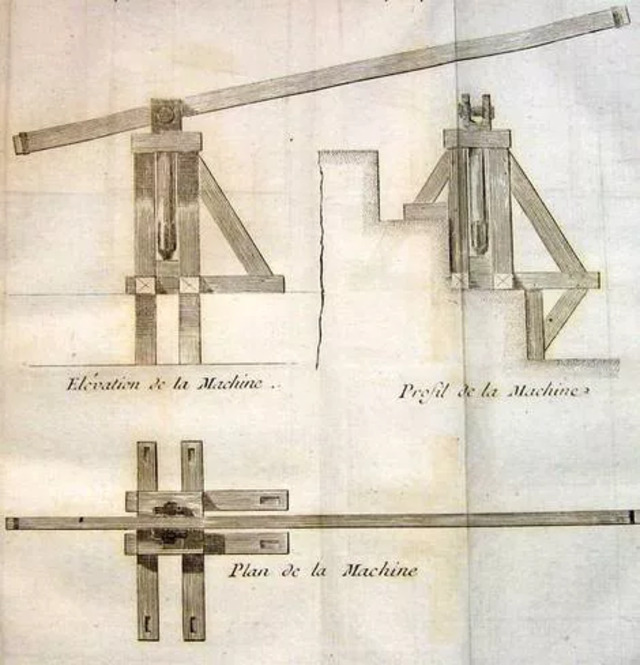
The tools available to the ancient Egyptians were relatively simple compared to modern construction equipment. They used copper chisels, wooden sledges, and ramps to cut, move, and position the massive stone blocks. While the Egyptians were certainly skilled craftsmen, the tools at their disposal were far from the advanced machinery we use today. Without the wheel and with tools made of copper—an element much softer than the granite and limestone used for the pyramid’s construction—the task of moving, shaping, and positioning millions of heavy blocks would have been daunting, to say the least.
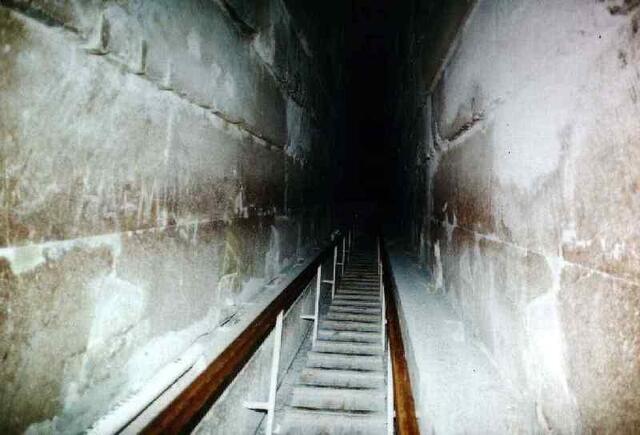
Moreover, the construction of such a massive structure would have required a highly organized workforce. Estimates suggest that thousands of workers were involved in the pyramid’s construction, but even with this large workforce, the efficiency needed to meet the proposed 10-year timeline seems far-fetched. This raises the question: were the methods and tools of ancient Egypt as primitive as we think, or were there other, now-forgotten techniques used?
A Different Perspective on the Builders of the Pyramid
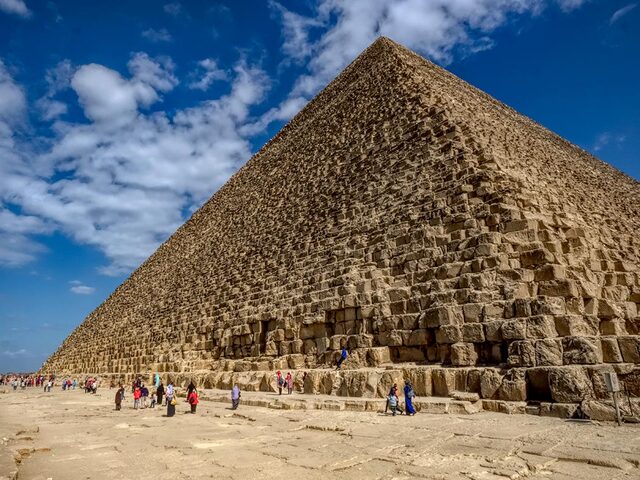
Could it be that the timeline for the Great Pyramid’s construction, as we know it, is incorrect? Some alternative theories suggest that the pyramid may have been constructed much earlier than the commonly accepted date of 2,500 B.C. The precision and scale of the pyramid suggest that it could have been the work of a far more advanced civilization than we generally credit the ancient Egyptians with. These theories suggest that the knowledge and skills required to build the Great Pyramid could have been passed down from an older, now-lost civilization.
While these theories are highly speculative and unproven, they raise important questions about the true origins of the Great Pyramid. Were the ancient Egyptians truly the ones who built the pyramid, or were they inheritors of knowledge from a more advanced civilization that has since disappeared?
A New Timeline: Rethinking Ancient History
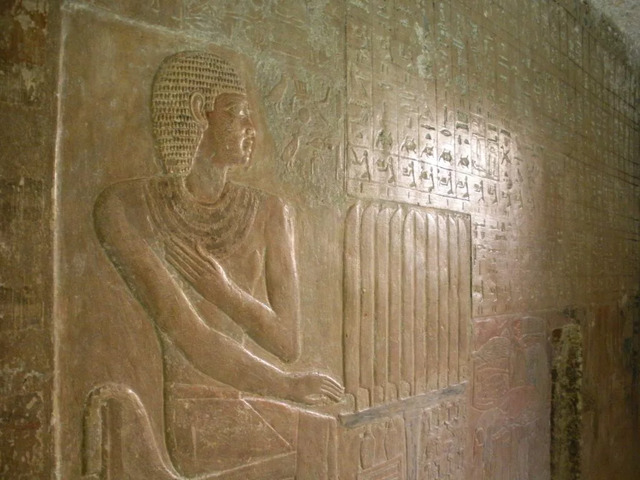
If we challenge the official timeline of the Great Pyramid’s construction, what does this mean for our understanding of ancient Egyptian history? Could the pyramid have been built thousands of years before 2,500 B.C.? This would imply a far older civilization, one with advanced construction techniques and astronomical knowledge. Such a timeline would require a complete rethinking of the history of Egypt, and possibly the entire ancient world.
A new timeline would not only challenge the construction of the Great Pyramid but also rewrite the history of Egyptian civilization. It would suggest that the Egyptians inherited advanced knowledge from an ancient civilization that existed long before the dynastic period. This would change the way we view the development of ancient Egyptian culture and its contributions to the world.
The Hidden History of the Great Pyramid
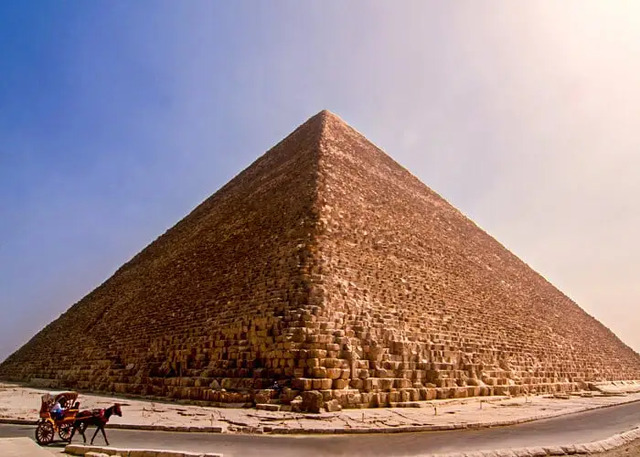
The enigma of the Great Pyramid is not just about its construction; it is also about the hidden history it represents. The precision of its construction, the scale of the labor involved, and the mystery surrounding its timeline all point to something more than we currently understand. The Great Pyramid may hold the key to understanding a lost chapter in human history, one that has been obscured by time and the limitations of our current historical knowledge.
Video
Watch the video on pre-Egyptian technology left by an advanced civilization that mysteriously disappeared.
Conclusion: Re-evaluating What We Know About Ancient Egypt
The Great Pyramid of Cheops remains one of the greatest mysteries of the ancient world. Despite decades of study and research, the true story behind its construction remains elusive. The conventional timeline for its construction—10 years around 2,500 B.C.—simply does not add up when we consider the logistics of cutting, transporting, and placing millions of stone blocks with primitive tools. The enigma of the Great Pyramid challenges our understanding of ancient Egypt and suggests that there may be more to the story than we have been taught. It is time for historians and archaeologists to reconsider the official narrative and explore new possibilities for the origins of one of the world’s most iconic monuments. The answers may be hidden in plain sight, waiting for us to uncover them.



